
PROFILE SUMMARY
Waseem Abbass, Ph.D., an esteemed engineer with over 12 years in academia, is passionately dedicated to fostering youth civic engagement. Holding a Bachelor’s degree in Computer Engineering with honors from COMSATS University Islamabad and pursuing advanced studies in networks at the University of Engineering and Technology, Taxila, Waseem has become a recognized expert in electrical engineering. In 2023, he earned his Ph.D. from COMSATS, specializing in modeling, optimizing, and applying machine learning in 5G cellular communication. His dissertation, “Analysis and Optimization of Shared Spectrum Access in 5G,” highlights his prowess in tackling contemporary technological challenges with 10 journal publications. With a background exceeding 12 years, Waseem is an Assistant Professor at Capital University of Science and Technology, Islamabad. Actively contributing to machine learning, cognitive radio networks, device-to-device communication, and the Internet of Things within the engineering domain, he leverages his extensive experience to mentor the next generation of engineers. Beyond academia, he has organized over 20 workshops, empowering young engineers through Public Achievement programs and instilling a profound sense of civic responsibility. Waseem Abbass seamlessly integrates robust research and extensive experience with community leadership, playing a pivotal role in shaping responsible and informed engineers. His diverse contributions reflect a holistic commitment to advancing technical knowledge and creating a positive societal impact.
| QUALIFICATION | |||
| PhD | Electrical Engineering | COMSATS University Islamabad | 2023 |
| MS | Computer Engineering | University of Engineering & Technology, Taxila | 2014 |
| TEACHING EXPERIENCE | |||
| Assistant Professor | Capital University of Science and Technology Islamabad, Pakistan | Since – 2023 | |
| MEMBERSHIP OF PROFESSIONAL BODIES | |||
| PEC | Registered Engineer, Pakistan Engineering Council (COMP/08630). | ||
| IEEE | Senior Member IEEE, Institution of Electrical and Electronic Engineers. | ||
| RESEARCH AREAS / INTERESTS | |||
| 1. | Wireless Communication | ||
| 2. | Computer Networks | ||
| 3. | Machine Learning | ||
| 4. | Data Science | ||
| SR. | JOURNAL PUBLICATIONS | YEAR |
|---|---|---|
| 1 | A. H. Farooqi, S. Akhtar, H. Rahman, T. Sadiq, and W. Abbass, “Enhancing network intrusion detection using an ensemble voting classifier for internet of things,” Sensors, vol. 24, no. 1, p. 127, 2023. | 2023 |
| 2 | W. Abbass, R. Hussain, N. Abbas, S. A. Malik, M. A. Javed, M. Z. Khan, R. H. Alsisi, A. Noorwali, and P. Pattanaik, “Channel allocation to gaa users using double deep recurrent q-learning based on double auction method,” IEEE Access, 2023. | 2023 |
| 3 | U. Majeed, A. N. Malik, N. Abbas, and W. Abbass, “An energy-efficient distributed congestion control protocol for wireless multimedia sensor networks,” Electronics, vol. 11, no. 20, p. 3265, 2022. | 2022 |
| 4 | W. Abbass, R. Hussain, J. Frnda, I. L. Khan, M. A. Javed, and S. A. Malik, “Optimal resource allocation for gaa users in spectrum access system using q-learning algorithm,” IEEE Access, vol. 10, pp. 60 790–60 804, 2022. | 2022 |
| 5 | W. Abbass, R. Hussain, J. Frnda, N. Abbas, M. A. Javed, and S. A. Malik, “Resource allocation in spectrum access system using multi-objective optimization methods,” Sensors, vol. 22, no. 4, p. 1318, 2022. | 2022 |
| 6 | I. L. Khan, R. Hussain, A. Iqbal, A. Shakeel, S. Alvi, W. Abbas, Q. u. Hasan, and S. A. Malik, “Design and evaluation of self organizing, collision free mac protocol for distributed cognitive radio networks,” Wireless Personal Communications, vol. 99, pp. 1081–1101, 2018. | 2018 |
| 7 | S. Khan, S. M. Anwar, W. Abbas, and R. Qureshi, “A novel adaptive algorithm for removal of power line interference from ecg signal,” Science International, vol. 28, no. 1, pp. 139–143, 2016. | 2016 |
| 8 | W. Abbas, N. Abbas, U. Majeed, and S. Khan, “Efficient stbc for the data rate of mimo-ofdma,” Sci. Institute (Lahore), vol. 28, pp. 247–255, 2016. | 2016 |
| 9 | W. Abbas, N. Abbas, and U. Majeed, “Performance enhancement of end-to-end quality of service in wcdma wireless networks,” Science International (Lahore), vol. 26, no. 2, pp. 613–620, 2014. | 2014 |
| 10 | W. Abbas, N. Abbas, and M. A. Malik, “Ns-2 based simulation environment for performance evaluation of umts architecture.” International Journal of Advanced Research in Computer Science, vol. 4, no. 11, 2013. | 2013 |
| SR. | CONFERENCE PUBLICATIONS | YEAR |
|---|---|---|
| 1 | G. Latif, N. Javaid, A. Sher, M. Khan, T. Hameed, and W. Abbas, “An efficient routing algorithm for void hole avoidance in underwater wireless sensor networks,” in 2018 IEEE 32nd International Conference on Advanced Information Networking and Applications (AINA). IEEE, 2018, pp. 305–310. | 2018 |
Other Members

Mr. Suleman Khan

Engr. Abdullah

Nayab Tariq

Mr. Muhammad Waqas

Ms. Arooba Sadaqat

Zohaib Ahmed

Mr. Imran Javed

Ms. Hira Firdous

Ms. Asma Qandeel

Ms. Rimsha Jahangir

Mr. M. Wasim Haider

Ms. Zahida Younas

Mr. Furqan Ahmad

Ms. Aqsa Hussain Raja

Ms. Rokhma Un Nisa

Syed Farhan Ali

Ms. Jaweria Khalid

Mr. Hussain Sallar

Engr. Kiran Rashid

S. Nida Atiq Bukhari

Ms. Faryal Hayat

Ms. Tehreem Ahmed

Ms. Qurat-ul-Ain Zeb

Mr. Manan Shahid

Ms. Anam Zahra

Ms. Zuha Raza

Ms. Asma Ali

Mr. Hamza Naveed

Mr. Muhammad Daniyal

Mr. Ibtisam Zia
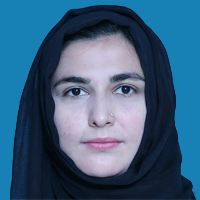
Ms. Sadaf Adalat

Dr. Anum Rashid

Dr. Nosher Wan Khan
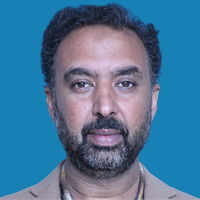
Dr. Iftikhar Ali Janjua

Mr. Rafah Ahmed
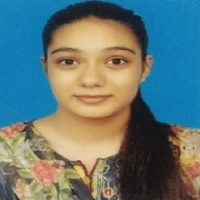
Ms. Fatima Khurshid

Hamza Ishaq

Ms. Asia Shahab

Ms. Samra Naseer
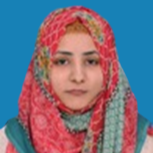
Ms. Mahin Malik

Mr. Muhammad Awais
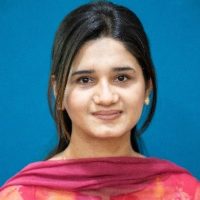
Ms. Samar Fatima

Mr. Islam Ud Din
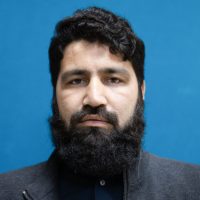
Mr. Imran Ul Haq

Mr. Temour Abbas
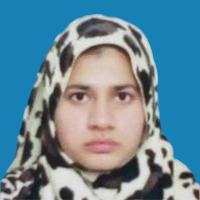
Ms. Iqra Javed

Mr. Qazi Shuja Ud Din

Ms. Asma Rauf

Ms. Amina Ashfaq
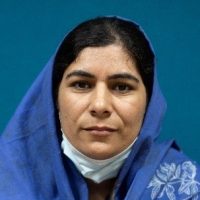
Ms. Uzma Shaheen

Ms. Syeda Hafsa Ali

Mr. Tabarak Matloob

Mr. Adnan Karamat

Ms. Ayesha Amjid

Ms. Sabahat Asad

Ms. Saba Nawaz

Ms. Hina Rashid

Ms. Khizra Bibi

Mr. Wasif Ali

Ms. Anum Naseem

Mr. M. Danish

Mr. M. Majid Zaman

Mr. Taimoor Riaz

Ms. Itrat Fatima

Mr. Zaheer Ahmad

Ms. Qudsia Yousaf

Ms. Nadia Ashfaq
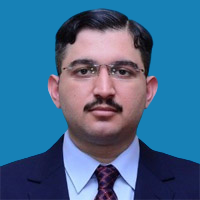
Mr. Mudassar Adeel

Mr. Syed Awais Haider

Mr. Ibrar Arshad

Ms. Sadia Rasheed

Dr. Farah Haneef

Dr. Saifullah

Dr. Sabeen Masood
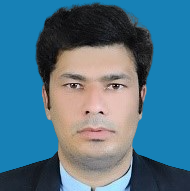
Dr. M. Furqan
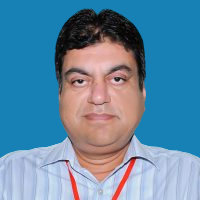
Dr. Aamer Nadeem

Mr. M. Ibrar Khan

Dr. Nadeem Anjum

Mr. S. Hassam Ali Sami

Mr. Abdul Haseeb
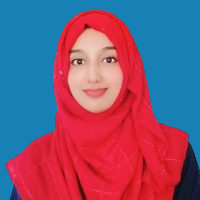
Ms. Mamoona Bilal

M. Junaid Tariq
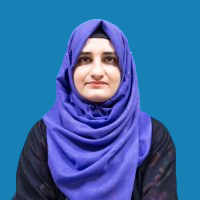
Ms. Snober Naseer

Mr. Sajeel Ahmad

Fouzia Qureshi

Ms. Rida Haya

Mr. Israr Ahmad Sani

Hina Shoaib
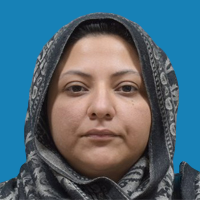
Ms. Yafra Khan

Fizza Asif

Ms. Rubina Shoukat

Mr. Shamas Gulfam

Mr. M. Zeeshan Sabir

Ms. Rabea Saleem

Ms. Rifhat Hashim
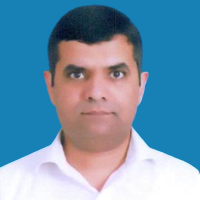
Mr. Salman Ahmed
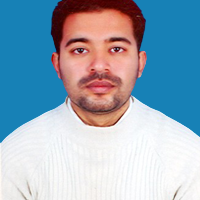
Dr. Bilal Ahmad

Ms. Farwa Tahir

Ms. Farwa Zaid Ali

Mr. Fahim Shahzad

Dr. S. Saqib Raza Rizvi

Ms. Fareeha Hasan
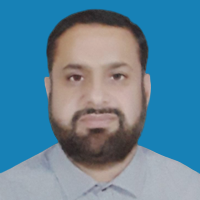
Dr. M. Siraj Rathore

Ms. Asima Bibi
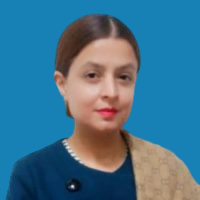
Ms. Fiza Tahir

Ms. Sabiha Naureen

Ms. Hafsa Jabeen

Dr. Muhammad Riaz

Mr. Mateen Abbas

Ms. Komal Farooq
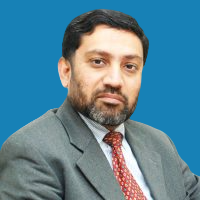
Dr. Amir Qayyum
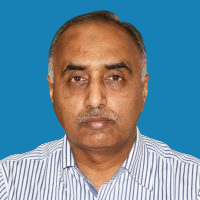
Dr. Nayyer Masood

Mr. Ahsan Rafiq

Dr. M. Masroor Ahmed

Dr. M Abdul Qadir

Mr. Sadaqat Hussain

Mr. M. Farhan Ali Khan

Mr. Sohail Riaz

Ms. Nitasha Gohar

Mr. Muhammad Yasir
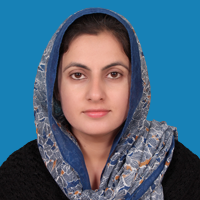
Ms. Iqra Hamid

Dr. Muhammad Saalim

Dr. Farman Ullah Khan

Dr. Siraj Khan

Dr. Reem

Dr. Mahira Zeeshan

Dr. Fazlullah Khan

Dr. Nadia Shamshad
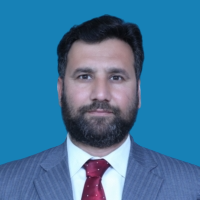
Dr. Mahboob Alam
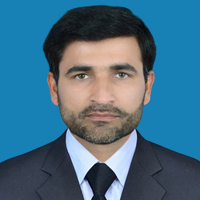
Dr. Muzaffar Abbas
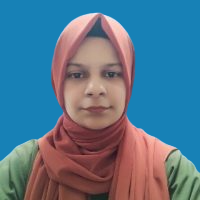
Ms. Sania Tabassum
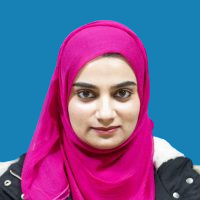
Ms. Taliha Ahmed
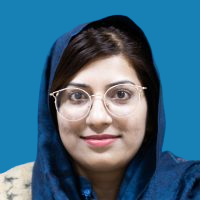
Ms. Ayesha Aftab
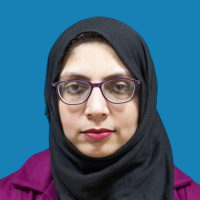
Ms. Shah Gull

Mr. Irfan Zafar
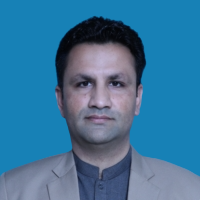
Dr. Sami Ullah Jan

Dr. M. Asad Anwar
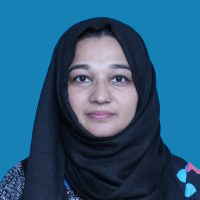
Dr. Sania Riaz
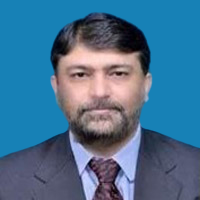
Dr. Rizwan Ur Rehman

Dr. Sohail Ahmad Jan
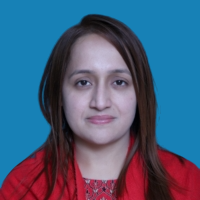
Dr. Arshia Amin Butt

Dr. Erum Dilshad

Dr. Shaukat Iqbal

Dr. S. Marriam Bakhtiar
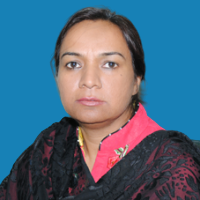
Dr. Sahar Fazal

Mr. Sikandar Seemab

Ms. Farrah Iqbal

Mr. M. Aneeb Fazal

Ms. Faiza Arshad

Ms. Asma Naz
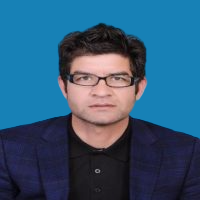
Mr. Maqsood Alam
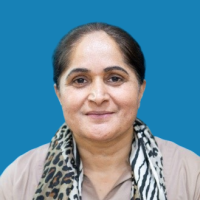
Ms. Naveeda Fazal Haq
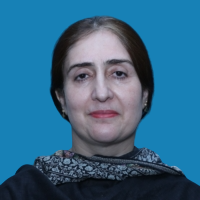
Ms. Uzma Arshad

Ms. Saeeda Ibrahim

Mr. Inam Elahi
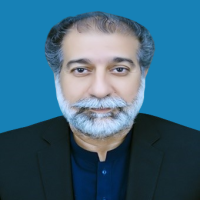
Dr. M. Saqib Zaigham
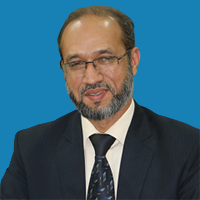
Dr. M. Umar Farooq
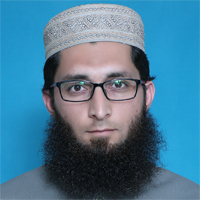
Mr. Imad-ud-Din

Ms. Javeria Khalid

Mr. M. Irfan Mustafa
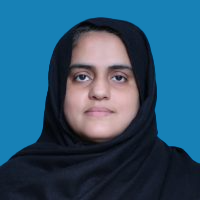
Ms. Sarah Nawaz

Mr. Faraz Ali Shah

Mr. Hafiz M. Adnan

Mr. M. Umar Toor
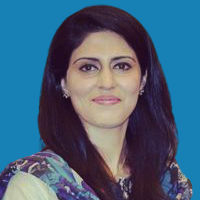
Ms. Rabia Habib

Dr. S. Arslan Haider

Dr. Arif ud din

Dr. Shakeel Iqbal
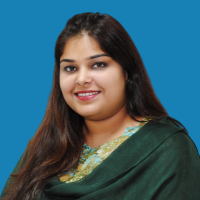
Dr. Maria Mashkoor

Dr. M. Saboor Ahmed

Mr. Nasir Rasool

Dr. Ahsan M. Ahmed

Dr. Robina Yasmin

Dr. Imran Riaz Malik

Dr. Shazia Faiz
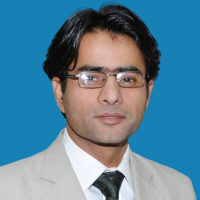
Dr. M. Ishfaq Khan

Dr. Ansir Ali Rajput

Mr. Saqib Naveed
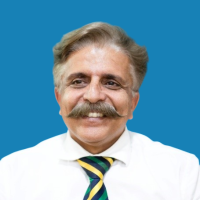
Dr. S. M. Mehdi Raza

Dr. Arshad Hassan

Engr. Sarmad Ali

Engr. M. Ahmed

Mr. M. Haroon

Mr. M. Zulfiqar

Mr. M. Rizwan Siddiqui
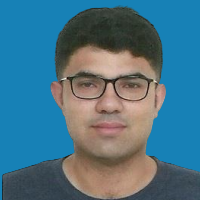
Mr. Manzar Masud

Mr. Tauseef Ahmed
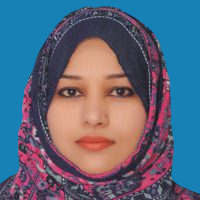
Dr. Shummaila Rasheed

Dr. Ghulam Asghar
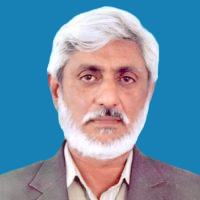
Mr. Khalid Mahmood

Mr. Syed Hassan Shah
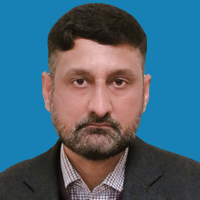
Mr. Saif Ullah

Dr. Muhammad Irfan

Dr. M. Mahabat Khan

Mr. Muneeb Ahmed

Engr. M. Arslan Rafique

Mr. Yasir Hussain

Mr. Ahmed Ali

Ms. Samra Ghaffar

Mr. Abdullah Numani

Ms. Tooba Masood

Engr. Amir Habib

Mr. Moin Qasim

M. Ehtisham Hassan

Mr. Umar Maqbool

Dr. Touseef Javed
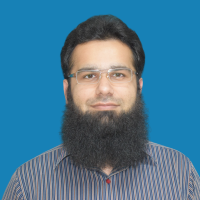
Dr. Umer Farooq Ahmed

Dr. Muhammad Riaz

Dr. M. Ashraf

Dr. Fazal-ur-Rahman

Dr. Noor M. Khan
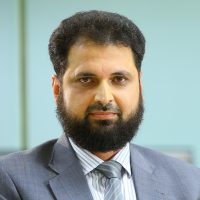
Dr. Imtiaz Ahmad Taj

Dr. M. Mansoor Ahmed

Mr. Muhammad Yahya

Mr. Muhammad Faran

Mr. Minhas Shah
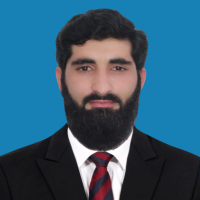
Mr. M. Ilyas Siddiqi

Mr. Talha Ahmed
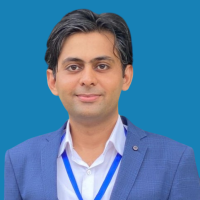
Mr. Sohail Afzal

Mr. M. Waqas Malik
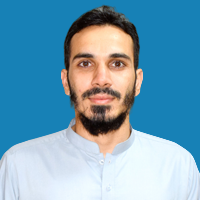
Mr. Shaheed Ullah
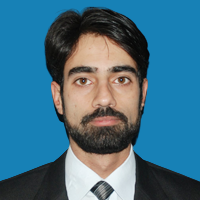
Mr. Talha Bin Tahir

Mr. Iqbal Ahmad
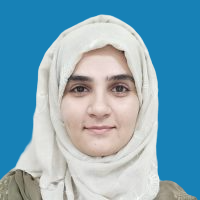
Ms. Faiza Khalid

Dr. Maria Ghufran

Dr. M. Usman Farooqi
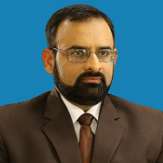
Dr. Ishtiaq Hassan
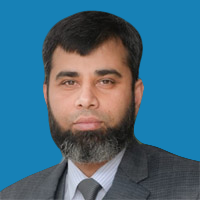
Dr. Majid Ali

Ms. Rida Rafaqat

Mr. Waqar Younas
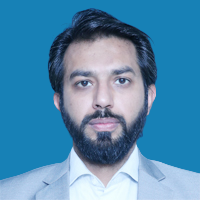
Mr. Azhar Rauf Khan

Mr. M. Nauman
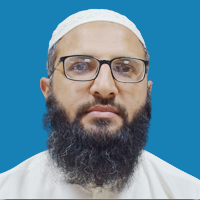
Mr. Muhammad Iqbal

Mr. Naveed Ahmed

Ms. Ayyesha Kanwal
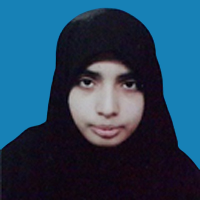
Ms. Zuriat Zahra

Mr. Naeemullah Khan

Dr. Abid Kamran

Dr. Samina Batul

Dr. Dur e Shehwar

Dr. M. Sabeel Khan
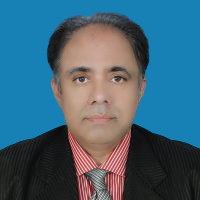
Dr. A. Rehman Kashif

Dr. Rashid Ali

Dr. Muhammad Sagheer

Ms. Tehmina Mazhar
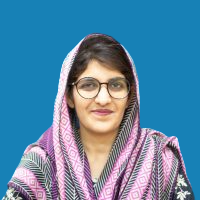
Ms. Iqra Kiran

Ms. Asima Munawar

Ms. Anam Mehmood

Ms. Aysha Aneeq
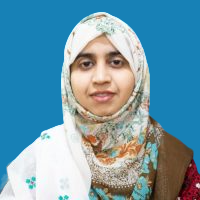
Ms. Irum Noureen

Ms. Uzma Mushtaq

Mr. M. Zeeshan Iltaf

Ms. Sadaf Zeb
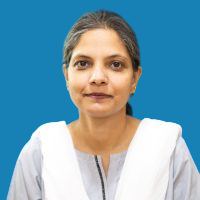
Dr. Uzma Rani

Dr. Ishrat Yousaf
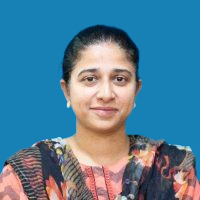
Dr. Sabahat Haqqani

Dr. Anam Tariq

Dr. Zeeshan Ahmed

Dr. Jaleel Ahmed Malik

